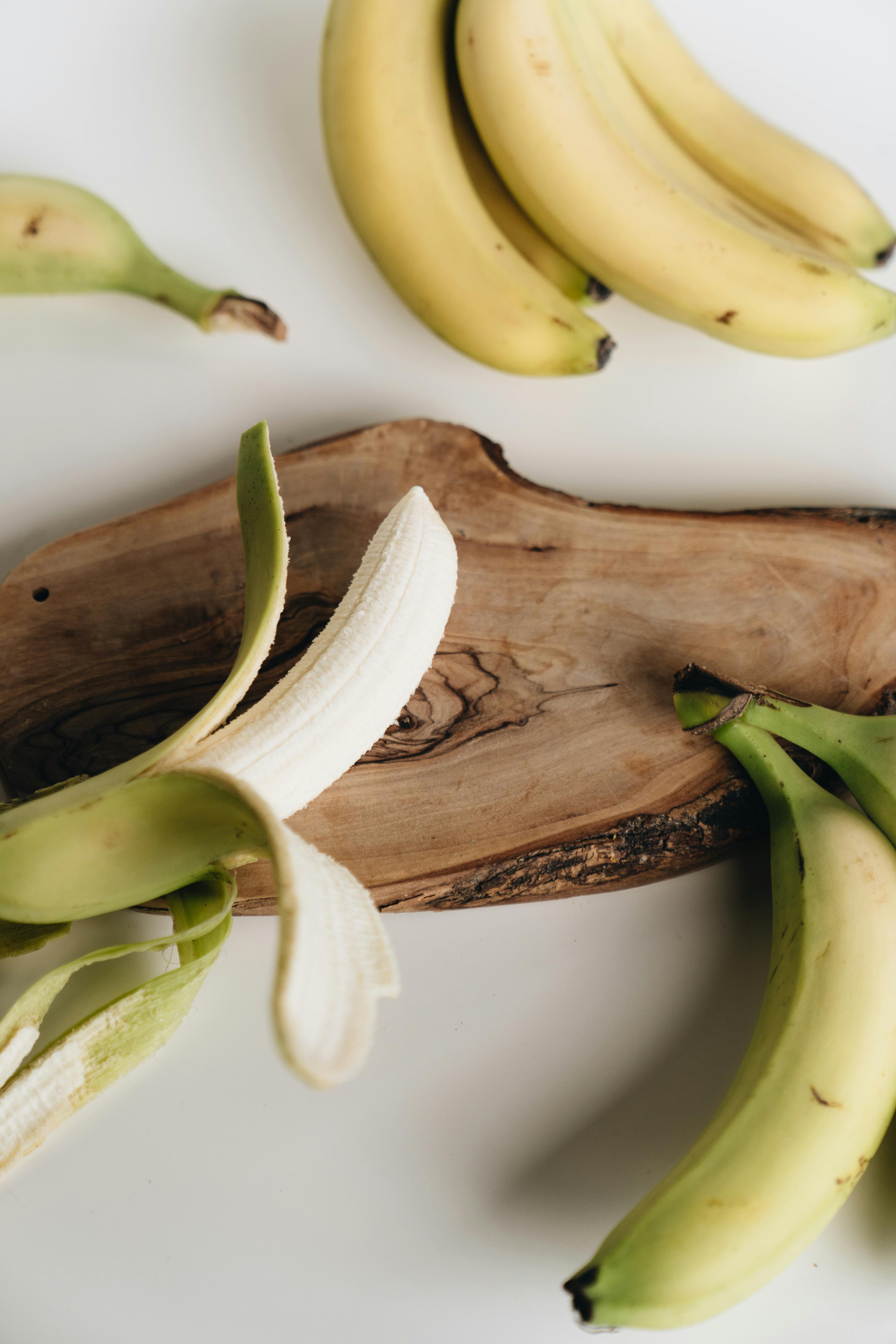Smart Ways to Repot Orchids for Optimal Growth in 2025
Repotting orchids is a crucial process for maintaining vibrant and healthy plants, especially with the evolving horticultural practices in 2025. Enthusiasts often need guidance on orchid care, and it is essential to understand the nuances of this practice. Properly executed, repotting can invigorate orchids, help them thrive, and promote optimal blooming cycles. Among the factors influencing orchid growth are the choice of potting mix, the condition of the roots, and appropriate post-repotting care.
This article aims to provide a comprehensive guide to successfully repotting your orchids. We will cover signs that indicate the need for repotting, techniques to ensure your plants adapt well to their new environment, and the best practices for choosing the right pots and potting materials. Let's dive into how to effectively manage orchid roots and create optimal conditions for growth.
Identifying the Right Time for Repotting Orchids
Recognizing the right moment for repotting is vital for your orchid’s health. Most orchids benefit from repotting every 1-2 years, but various signs signal it’s time for a change. Build your understanding by looking for indications such as tight roots and deteriorating potting medium.
Signs Orchids Need Repotting
There are several signs that suggest your orchids need repotting. For instance, if you notice roots growing out of the pot, it might be timely to refresh the plant's environment. Additionally, during watering, if the water drains completely too quickly, this could indicate that the potting medium has degraded and is no longer retaining moisture.
Another common sign of repotting necessity is the presence of algae or mold on the surface of the potting medium. This can point to improper drainage and can lead to root rot if not addressed promptly. Regularly inspecting the roots for brown or mushy segments is also crucial; healthy roots should be firm and green, while damaged roots indicate a need for immediate action.
Frequency of Repotting Orchids
Generally, repotting orchids should occur every 1-2 years. However, certain species like Phalaenopsis orchids may require more frequent attention, particularly if they are heavily root-bound. Each type of orchid has its specific needs; thus, understanding the growth cycles and requirements of your plants is essential for maintaining their vitality.
In terms of timing, spring is typically the best season for repotting most orchids. This allows time for them to recover and grow during the warmer months. Moreover, repotting in spring aligns with the orchid’s natural growth period.
Choosing the Right Pot for Your Orchids
Choosing the right pot is pivotal in ensuring your orchids thrive. The pot must accommodate the growth patterns and needs of the specific orchid type. Different materials, sizes, and drainage options play a significant role in the overall health of the plant.
Best Pots for Orchids
When selecting pots for your orchids, consider both material and size. Clay pots are often favored due to their breathability, providing excellent air circulation to the roots. In contrast, plastic pots are lightweight and can retain more moisture, which is beneficial for certain orchid varieties.
Size is another important factor—selecting a pot that is too large can lead to excess moisture retention, while a pot that is too small may constrict the roots. A good guideline is to choose a pot that is 1-2 inches wider than the previous one.
Potting Mix for Orchids
The potting mix is crucial for your orchid’s success. A high-quality mix tailored for orchids usually contains materials like bark, perlite, and sphagnum moss, which provide the necessary aeration, drainage, and moisture retention. Different orchid species have varied requirements; for example, epiphytic orchids often thrive in a bark-based medium.
It is critical to avoid garden soil, which can suffocate the roots and lead to rot. Make sure to research the specific needs of your orchid type to select the best middle ground for their growth and stability.
Repotting Process and Techniques
The actual process of repotting requires care and precision to avoid stressing the plant. Understanding proper procedures not only protects the orchid but also enhances its growth environment.
Safe Repotting Methods
Begin the repotting process by preparing your new pot with fresh orchid mix. Gently remove the orchid from its current container, being cautious not to damage the roots. Inspect the roots meticulously, trimming away any dead or rotting sections with sterilized scissors to prevent infection.
Afterward, place the orchid into the new pot and sprinkle fresh potting mix around the roots. Ensure you pack it in sufficiently to support the orchid but remain gentle to avoid root damage. Water lightly when finished; thorough watering should be addressed on the following day.
Post-Repotting Care
Post-repotting care is essential for recovery. During the first few weeks, maintain consistent humidity levels and avoid direct sunlight to reduce stress. Monitoring your orchid's health during this period is crucial; look out for signs of distress such as wilting or discoloration.
After repotting, it’s critical to adjust your watering routine accordingly. Allow the top of the potting mix to dry out slightly between watering sessions. Furthermore, start a light fertilization regime after about a month to encourage new growth.
Managing Environmental Conditions for Orchids
Environmental factors play a significant role in the success of repotted orchids. It’s essential to consider light, humidity, and temperature to create an even growth environment.
Proper Lighting for Orchids
Most orchids thrive in bright, indirect light. Too little light can hinder blooming, while too much direct sunlight can scorch the leaves. Consider placing your orchids near east or west-facing windows, where they can receive adequate light without suffering from heat stress.
To support healthy growth, regularly monitor and adjust their exposure based on seasonal changes. Investing in grow lights can also be an option for those with limited natural light exposure.
Maintaining Humidity for Orchids
Humidity is another critical factor for proper orchid care. Most orchids prefer humidity levels between 50-70%. To achieve this, use a humidifier or place a tray of water with pebbles beneath your pots to enhance moisture without wetting the roots. Misting can also help maintain humidity levels; however, excessive misting can lead to fungal issues.
Using a hygrometer to measure humidity can help you tailor the environment for optimal growth and bloom. Remember that environmental factors can change rapidly, especially in indoor settings, so frequent monitoring is advisable.
Common Issues When Repotting Orchids
Understanding the common pitfalls associated with repotting can enhance your success rates. Here are some challenges and their solutions to keep your orchids healthy and vibrant.
Symptoms of Repotting Stress
After repotting, it is not uncommon for orchids to show signs of stress. Symptoms include yellowing leaves, wilting blooms, or slowed growth. These reactions may occur if the repotting process disturbed the roots or if the new growing medium does not meet the plant’s needs.
To mitigate stress, ensure that the new pot has appropriate drainage and that you are watering correctly. Waiting for at least a month before fertilizing will also help the plant settle into its new environment.
Dealing with Orchid Pests
After repotting, it’s important to keep a vigilant eye out for pests. Aphids, mealybugs, and spider mites can harm your orchids by sucking sap and weakening the plant. Regularly inspect your orchids, especially around the new potting medium.
Using insecticidal soap or neem oil can effectively manage pest outbreaks. Always ensure that any treatments are safe for orchids, and follow the application rates closely.
Conclusion: Enhancing Your Orchid Care Skills
In conclusion, effective repotting practices are a foundational skill for any orchid enthusiast in 2025. From identifying proper timings to executing the repotting process with care, each step contributes to the overall health and longevity of your plants. By maintaining optimal environmental conditions and understanding signs of health and distress, you can create a flourishing environment for your orchids.
Embrace the lifelong learning journey of orchid care and stay aligned with new practices to enrich your gardening experience and produce stunning blooms. Remember to observe, adapt, and enjoy the vibrant beauty that properly cared-for orchids can bring to your home.


